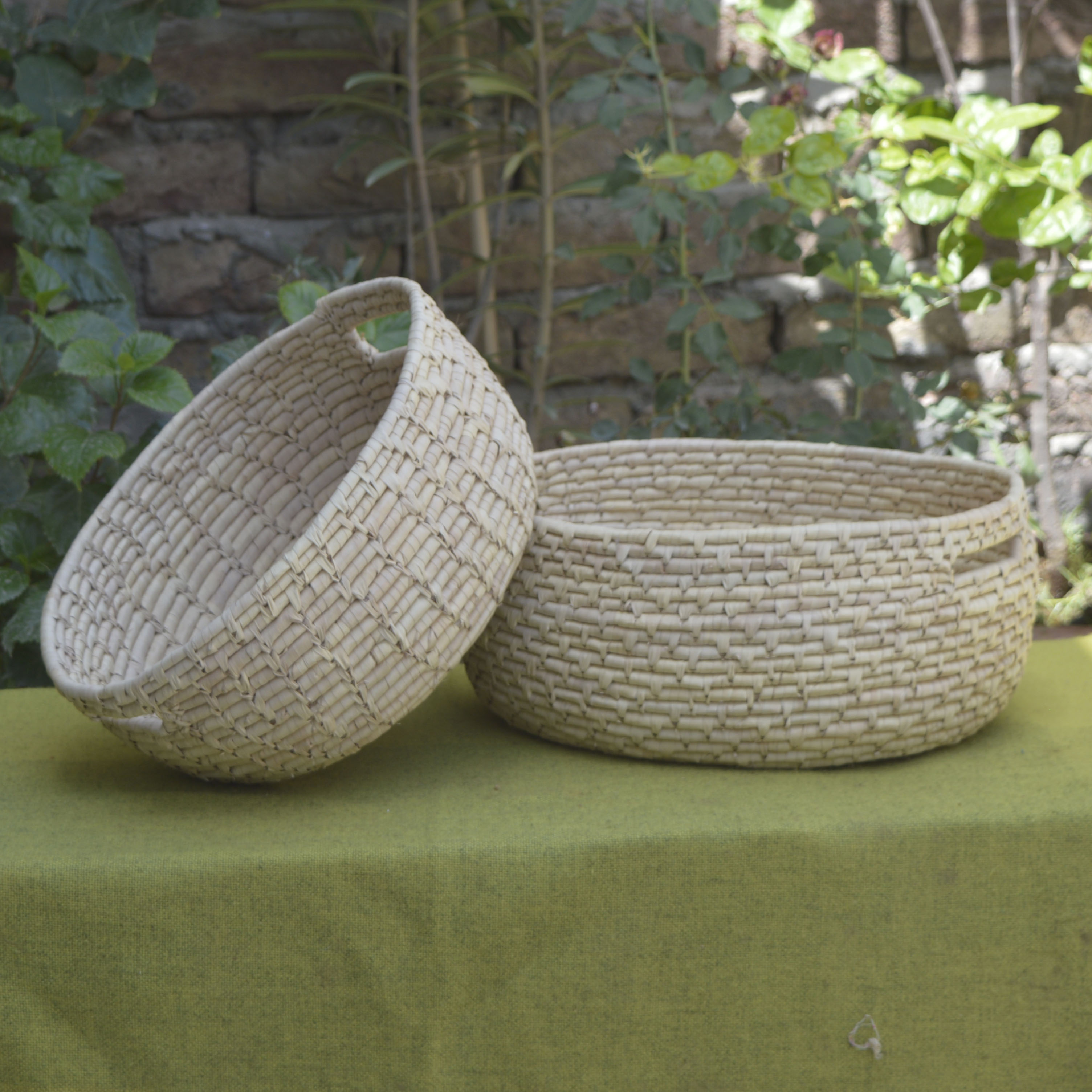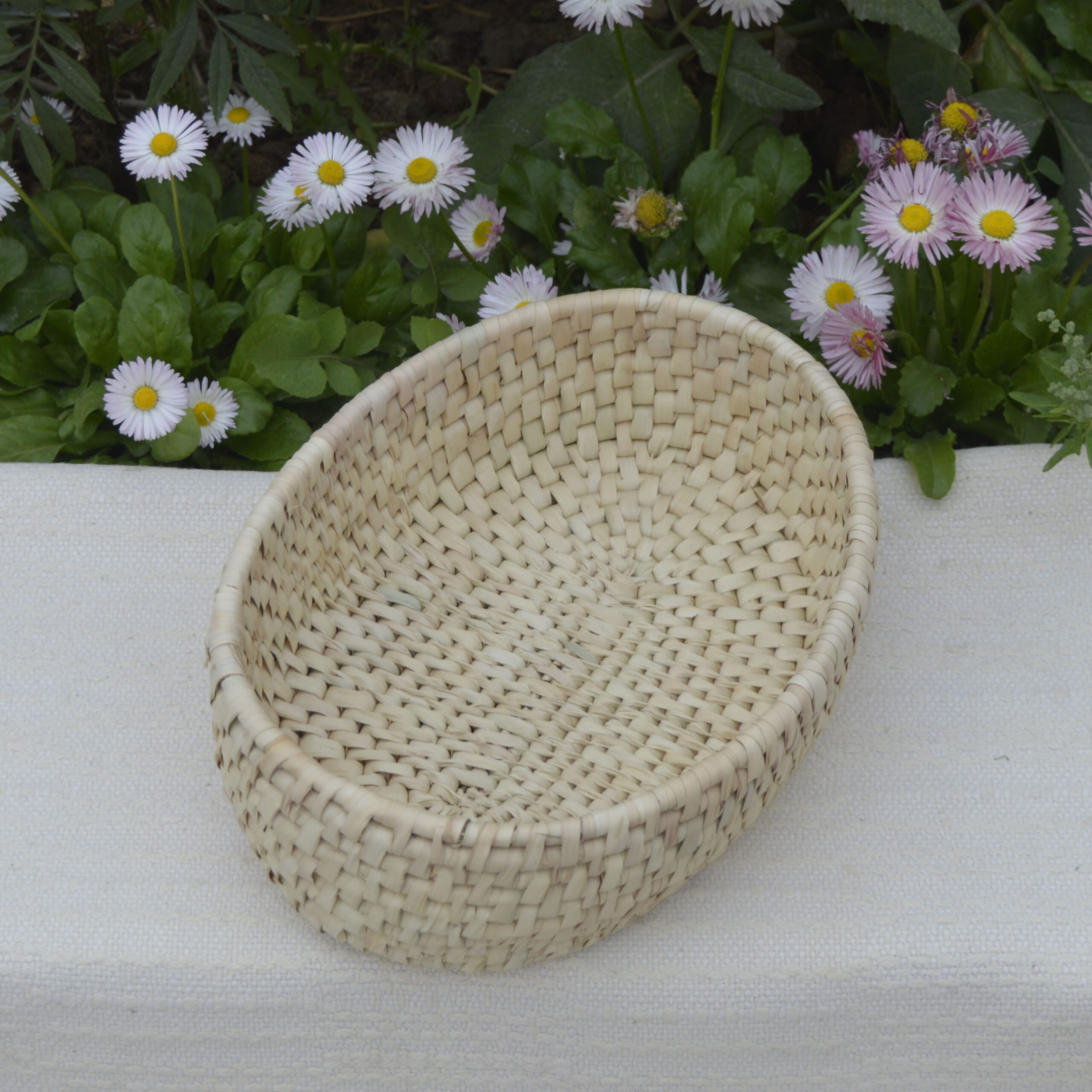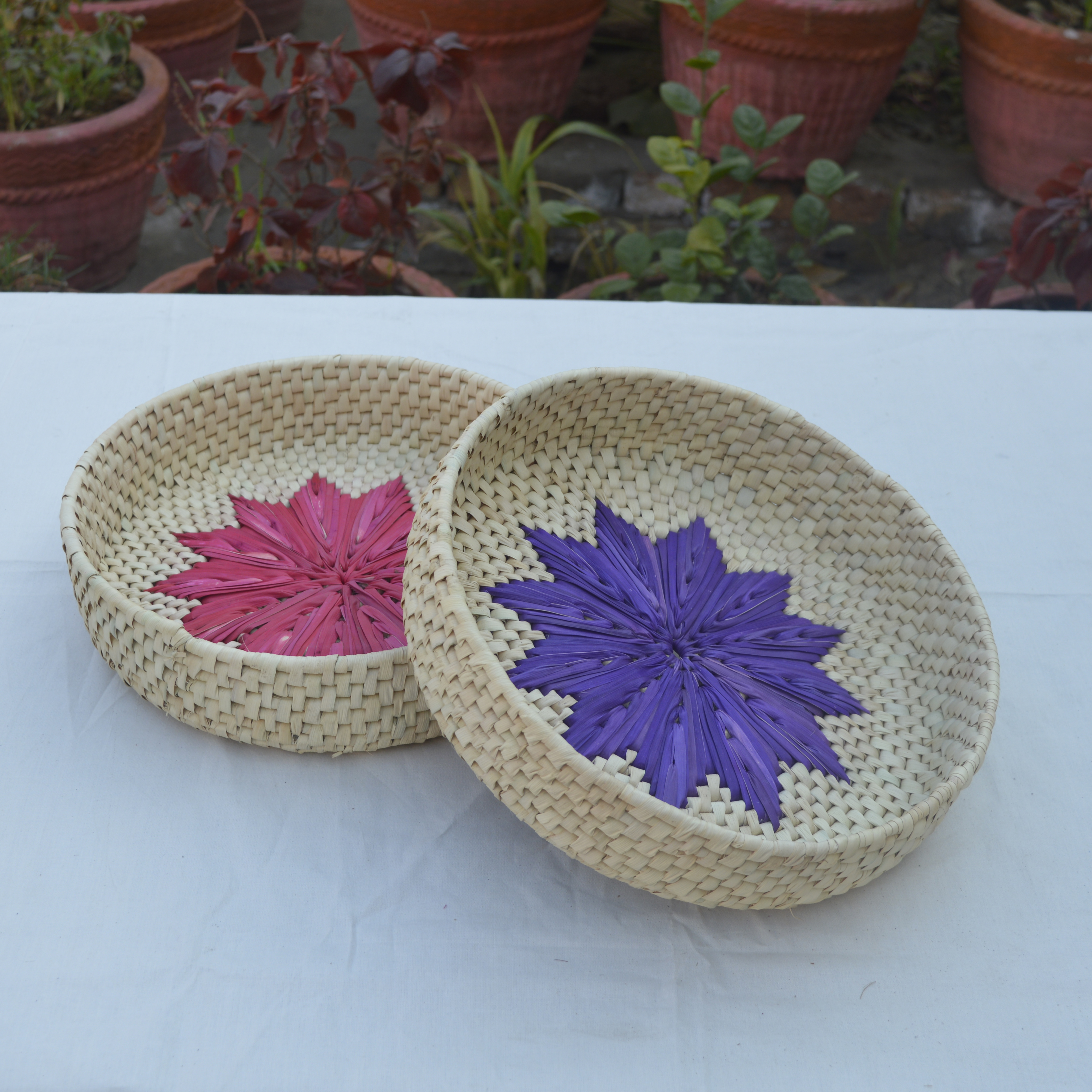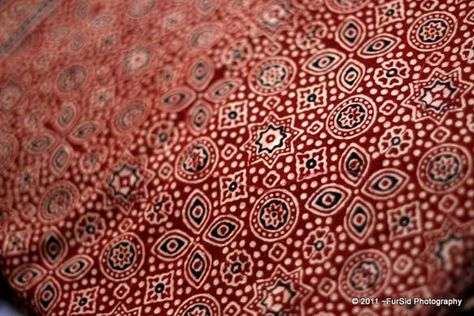
Introduction
In the heart of the Indian subcontinent, where ancient traditions and craftsmanship have thrived for millennia, lies the captivating world of hand-woven date palm leaf basketry. This eco-friendly craft, deeply rooted in the cultural heritage of the Indus Valley, stands as a testament to the creativity and resourcefulness of the region’s artisans. In this blog, we will delve into the fascinating history and significance of this age-old craft and explore why it continues to be relevant in today’s world.
The Indus Valley: Cradle of Civilization
The Indus Valley, often referred to as one of the cradles of civilization, boasts a rich history that dates back over 5,000 years. This region, which encompasses parts of present-day India and Pakistan, was home to one of the world’s earliest urban cultures. The people of the Indus Valley Civilization left behind an indelible mark on history, with their advanced urban planning, remarkable pottery, and intricate jewelry.
Crafting with Nature: Date Palm Leaf Basketry
Date palm leaf basketry involves the skilled weaving of date palm fronds to create a wide range of utilitarian and decorative items. These items include baskets, mats, fans, hats, and even furniture. The process begins with the collection of fresh date palm fronds, which are then split into thin strips using a knife or blade. These strips are soaked to make them pliable and are then intricately woven into various forms by artisans.
Historical Significance: The history of date palm leaf basketry in the Indus Valley can be traced back to the very roots of civilization itself. Ancient pottery and artwork depict the use of these woven creations for various purposes, including storage, transportation, and even as gifts. The skill was passed down through generations, preserving the craft’s continuity and cultural relevance.
Sustainability and Echo-Friendly Benefits: One of the most remarkable aspects of date palm leaf basketry is its sustainability. The craft relies solely on natural materials – date palm fronds – which are abundant in the region. This not only reduces the environmental impact but also ensures that the craft remains a viable source of livelihood for local artisans. Unlike modern plastic or synthetic materials, date palm leaf products are biodegradable and pose no threat to the environment.
Modern Relevance: In today’s world, where sustainability and eco-consciousness are paramount, date palm leaf basketry has gained renewed attention. The demand for eco-friendly, handcrafted products has surged, and these traditional items have found a place in modern homes and markets. Artisans have adapted their skills to create contemporary designs while preserving the essence of the craft.
Preservation Efforts: Organizations and individuals passionate about preserving the rich cultural heritage of date palm leaf basketry have taken initiatives to support local artisans. These efforts include skill development programs, market access, and raising awareness about the craft’s significance. Such initiatives ensure that this ancient craft continues to thrive in the modern era.
Conclusion


